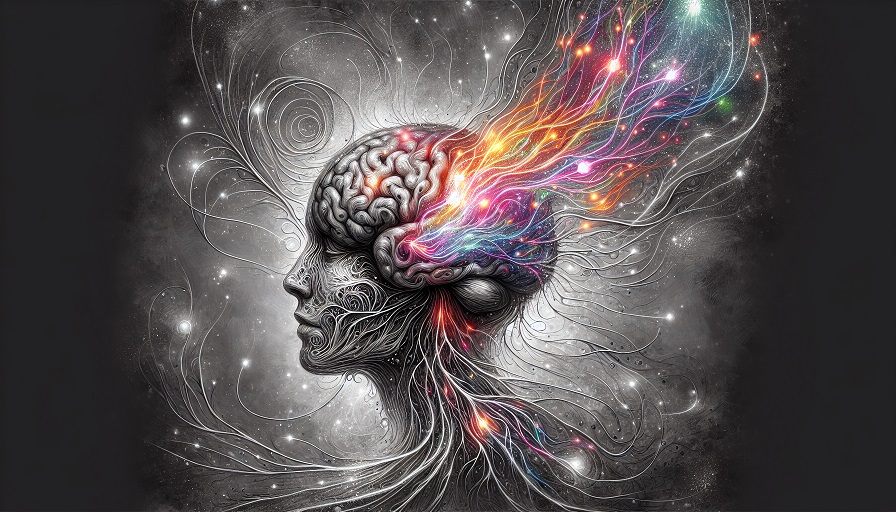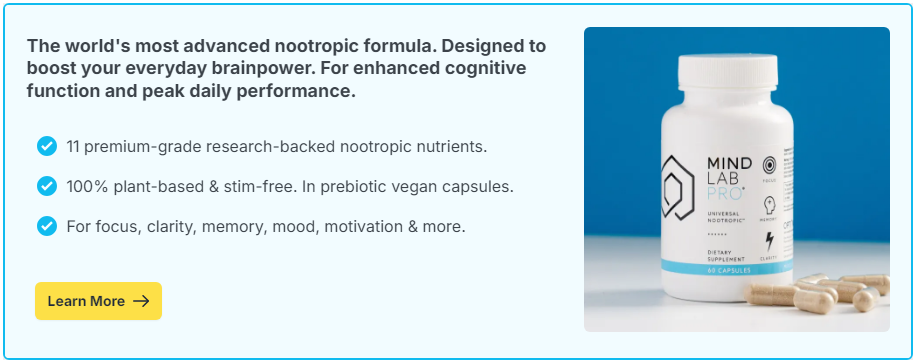
Artificial intelligence is transforming how we work and live. Machines now generate text, analyze data, and even design images with speed and precision. Faced with this technological surge, it’s tempting to worry about whether humans can keep up. But the truth is, we already have the ultimate defense: brain flexibility. Known in neuroscience as neuroplasticity, this is the brain’s ability to adapt, rewire, and learn throughout life. Unlike algorithms, which must be retrained by engineers, the human brain reshapes itself naturally in response to new experiences. This flexibility ensures that even as AI grows more powerful, humans maintain a unique edge machines cannot match.
Contents
Understanding Brain Flexibility
Brain flexibility, or neuroplasticity, is the brain’s ability to form new connections and reorganize itself. It’s why stroke patients can regain functions, why learning a new language gets easier with practice, and why humans adapt to entirely new technologies.
Neuroplasticity in Action
Every time you learn something new – whether it’s a recipe, a skill, or a fact – neurons in your brain form and strengthen pathways. This rewiring makes it easier to repeat and build on those abilities. Unlike static systems, the brain never stops reshaping itself.
Adaptation Through Experience
When you face challenges, your brain adapts. A shift in career, moving to a new city, or adopting new technologies sparks rewiring. This constant adaptability is why humans can navigate disruptions that might completely shut down machines.
AI’s Rigidity vs. Human Flexibility
AI looks flexible because it handles multiple tasks, but under the hood, it is rigid. It learns within set boundaries and requires human intervention to adapt. Your brain, in contrast, adapts on its own, without needing an engineer to rewrite code.
The Limits of Algorithms
AI learns from massive datasets. If the data is biased or incomplete, the system fails. It doesn’t improvise beyond its training; it simply repeats what it knows. This rigidity makes AI powerful in specific contexts but brittle in unexpected situations.
The Human Advantage
Humans improvise. A teacher can adjust a lesson mid-class, a doctor can pivot when symptoms change, and an entrepreneur can shift strategy in response to a crisis. Flexibility makes humans adaptable in ways machines cannot replicate.
Why Flexibility Is Essential in the AI Era
As AI handles more routine work, humans must lean into flexibility. The ability to learn new skills, switch contexts, and embrace change ensures long-term relevance.
Career Resilience
Jobs evolve rapidly. Careers that didn’t exist a decade ago – such as social media managers or AI ethicists – are now thriving. Brain flexibility allows workers to shift industries and roles without being left behind.
Innovation and Problem-Solving
Flexible thinking generates novel solutions. While AI optimizes within existing frameworks, humans can reframe problems and imagine alternatives. Flexibility is the birthplace of innovation.
Emotional and Social Adaptation
Flexibility is not just cognitive but emotional. Humans can adjust expectations, manage setbacks, and build new relationships. These skills are vital in workplaces where AI changes how teams function.
Strengthening Brain Flexibility
The good news is that brain flexibility is not fixed – it can be trained. By challenging yourself with new experiences and supporting brain health, you enhance neuroplasticity and keep your edge sharp.
Learn New Skills
Take up a hobby outside your comfort zone: learn an instrument, pick up a new language, or try coding. Each new skill builds fresh neural connections, keeping your brain agile.
Expose Yourself to Novelty
Travel, read diverse books, or experiment with new perspectives. Novelty stimulates the brain by introducing unfamiliar patterns, encouraging growth and adaptability.
Practice Mental Flexibility
Challenge yourself with tasks that require switching perspectives. For example, argue a point from the opposite side or solve problems using unconventional approaches. These exercises build adaptability.
Support Brain Health
Neuroplasticity flourishes when the brain is well-supported. Sleep consolidates learning, exercise boosts oxygen flow, and nutrition provides fuel. Brain supplements can also enhance focus and memory, further supporting adaptability.
Case Studies: Flexibility in Action
Healthcare Professionals
AI assists with diagnosis, but doctors adapt to patients’ unique needs. Their ability to adjust treatments and consider emotional factors highlights human flexibility in medicine.
Teachers
AI creates lesson plans, but teachers adapt to classroom dynamics. They pivot when students struggle, respond to emotions, and improvise with creativity – skills algorithms lack.
Entrepreneurs
AI analyzes market data, but entrepreneurs pivot when trends shift. Their ability to reimagine products, adapt strategies, and take risks ensures their ventures stay alive in competitive markets.
Practical Habits for a Flexible Brain
- Practice novelty: Try new experiences regularly, even small ones.
- Embrace mistakes: View errors as learning opportunities instead of failures.
- Balance structure with play: Allow time for daydreaming and imagination alongside focused work.
- Stay curious: Ask questions, challenge assumptions, and seek out new perspectives.
Your brain’s flexibility is your shield in the AI era. Machines may process faster, but they cannot adapt emotionally, creatively, or socially. Neuroplasticity ensures that humans remain agile learners, capable of thriving amid technological change. By strengthening brain flexibility through new skills, novelty, and brain optimization, you ensure that your intelligence remains unmatched. In the contest between rigid algorithms and adaptable minds, the brain’s flexibility is the ultimate defense.

